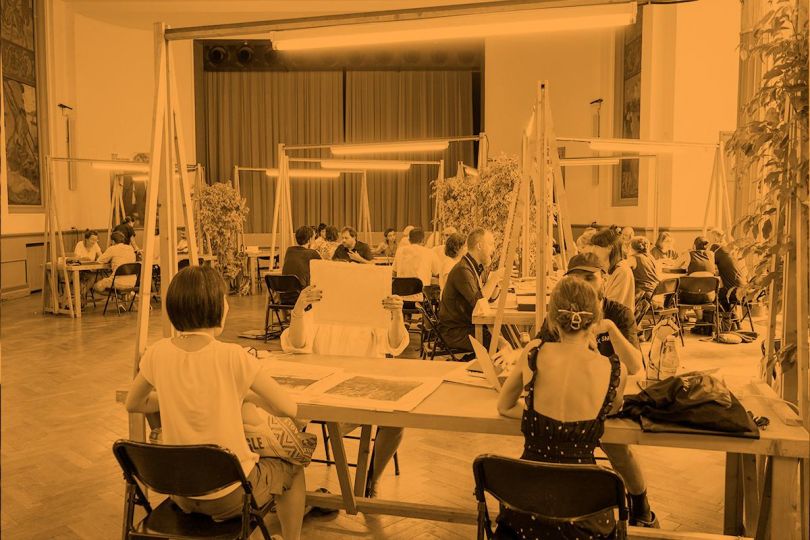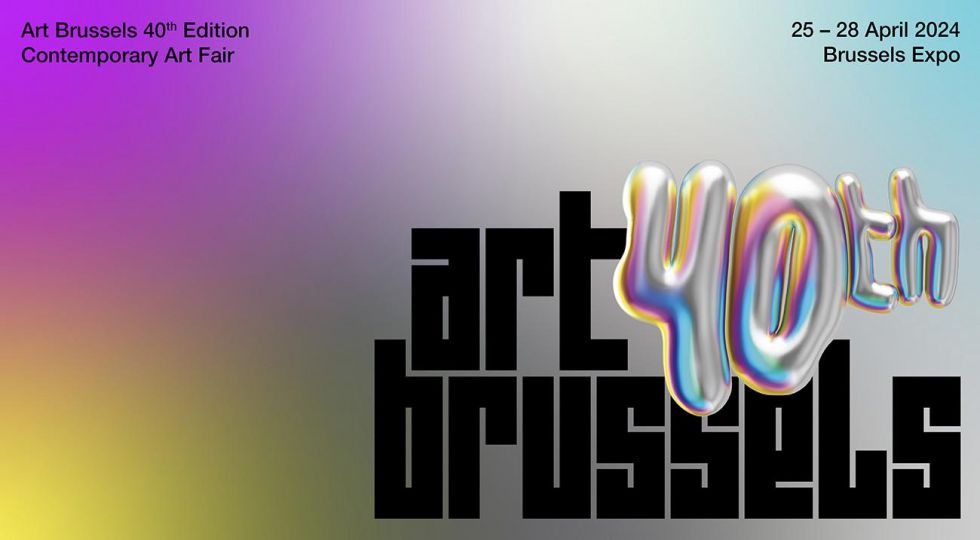The 12th edition of the Bamako Encounters, African Biennial of Photography, will be held in Mali from November 30th. Astrid Sokona Lepoultier, who has been part of L’Œil de la Photographie’s team for over a year, is one of the co-curators and unveils in a few words the backstage of this historic event which will celebrate its 25th anniversary this year.
Anna Reverdy (AR): Could you explain how you found yourself co-curator of the 12th edition of the Rencontres de Bamako?
Astrid Sokona Lepoultier (ASL): This is actually the second consecutive edition in which I participate. In 2017, I had already worked as assistant curator for Afrotopia, the 11th edition of the Biennale organized under the curation of Marie-Ann Yemsi. I must have had a good taste of it to embark again in this adventure! (Laughter.) The African Photography Biennial is a major event for the medium on the continent and is expected by professionals around the world, eager to discover new talent, to appreciate the new projects of established artists, and to glimpse at the interests and concerns of artists who (re) present the world of today. Of course, like any event of magnitude, it is accompanied by many challenges and the teams that work to make it possible engage body and soul. So when artists, professionals, institutions, journalists meet in a good mood, exchanges are created, opportunities arise, satisfaction is great. When I had the opportunity to work as a co-curator alongside my colleagues Aziza Harmel and Kwasi-Ohene-Ayeh, under the artistic direction of Dr. Bonaventure Soh Bejeng Ndikung, and with curatorial advisers Akinbode Akinbiyi and Seydou Camara, I could not resist the idea of reliving this wonderful experience!
AR: The African Biennial of Photography is an event that is particularly close to your heart. Could you explain why?
ASL: I was born to a French father and a Malian mother and grew up in Bamako. From my childhood to today, I have never ceased to be admire the infinite creation that we meet and see daily. The ingenuity, creativity, beauty, presented to all eyes provided with a little curiosity and clairvoyance, both in the street and in the workshops. The Malian creators in the fields of design, fashion, cinema, and of course the visual arts and photography, express themselves through this something special, a unique identity, both rooted in the cultural heritage of the country but also the fact of the globalized world, which I would call the “Malian Touch”. Since 1994, the Bamako Encounters have been busy making visible the work of Malian photographers and videographers, and are acting in favor of the (re) activation of the cultural aura of Bamako, a city so often designated as the African capital of photography thanks to the biennale, of course, but also thanks to the big names that made his reputation, Malick Sidibé, Seydou Keïta, etc. For me, this biennial is not only a means of affirming this status, but also an opportunity to present to the world a positive image of a country marked by a tumultuous recent context. Twenty-five years of existence, despite an unavoidable interruption, are irrefutable proof of the general enthusiasm for the event.
AR: Exactly, how will the next edition celebrate the 25th Anniversary of the Rencontres de Bamako?
ASL: If I had to qualify it, I would say it’s the celebration of daring. We received more than 330 entries following our call, and selected, in addition to the invited artists, 85 proposals from artists from the African world, that is from the African continent, diasporas and Afro communities the world over, with artists of various nationalities, such as Mexican, Indian or American. This means that we have doubled the number of artists usually presented. Obviously, who says more artists, also says more venues! This year, the Bamako Encounters will invest no less than twelve venues throughout the city, including museum and cultural spaces, as well as public places, entertainment venues and sometimes even the intimate sphere. Audacity, we also need in the context of transformations that the biennale operates this year on several levels. The event, which had previously been co-organized by the Ministry of Culture of Mali and the French Institute, is now coordinated entirely by the Ministry of Mali with the partnership of the French Institute. Also, the former Delegate General of the Bamako Meetings, the former director of the National Museum of Mali, Samuel Sibidé, whose career was exemplary and full of success, passes the torch to Lassana Igo Diarra, the founder of the Medina Gallery. and Balani’s Editions. In short, many new parameters and a great ambition, with a rich programming and a bold and poetic scenography, so we cross our fingers to win this crazy bet!
AR: Tell us about the theme and the programming of this 12th edition, entitled “Streams or Consciousness”.
ASL: “Streams or Consciousness” is a concept borrowed from the field of sociology and developed by William James to define the continuity of the mental activity of beings and then, considered as a technique in various disciplines such as literature – we speak of free writing – or music – we talk about improvisation. With this theme, Dr. Bonaventure Soh Bejeng Ndikung proposes to reflect on the way photographers use it by proving the non-fixed nature of photography. In photography, the notion seems to refer to the genesis of the work, to the state of mind of the artist preceding the photographic act, and thus it invites to testify of the way in which the African world thinks and rethinks, introduces itself and represents itself. All the selected artists give us proven and / or fictitious narratives that are as much subjective testimonies of the tangible and intangible realities of yesterday, today and tomorrow, in that they reflect singular visions of historical facts, current or without space-time, and a contemporary state of mind. Through a daring and assumed scenography orchestrated by the designer and architect Cheick Diallo, we are proud to be able to make dialogue the work of promising young artists such as Godelive Kabena Kasangati, Adji Dieye or Fanyana Hlabangane, emerging talents such as Amsatou Diallo, Yagazie Emezi, Léonard Pongo, Roger Anis or Adama Jalloh, artists no longer present such as Christian Nyampeta, Mouna Karray or Bouba Touré, including the “Solid Rocks” including Felicia Abban, Akinbode Akinbiyi, Jihan El Tahri, Armet Francis, Liz Johnson Artur, Eustaquio Neves, Youssouf Sogodogo (a project of Black Shade Projects) and Deborah Willis. There will also be a focus on collectives, with for example the duets Harun Morrison & Helen Walker and Collectif Orchester Vide, or the women’s collectives AFPM and MFON, in the idea also to show the need to pool thoughts, knowledge and opportunities. In addition to this, many special projects carried out by guest curators will punctuate the biennale, which will also be enriched by a film program and a very dense forum.
AR: A favourite of which you want to speak to us?
ASL: Of course, even many and the choice is hard to make! Can you copy and paste the list of artists here, please? (Laughs.) I think I’m just going to highlight all the women photographers of the 12th edition of the Rencontres de Bamako, who have voices to tell and do it with talent.
Remarks collected by Anna Reverdy.
















